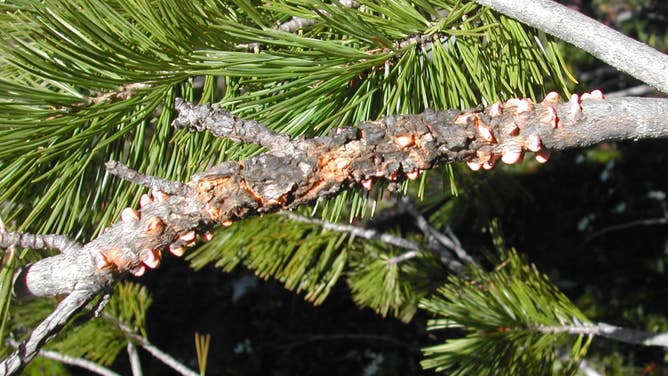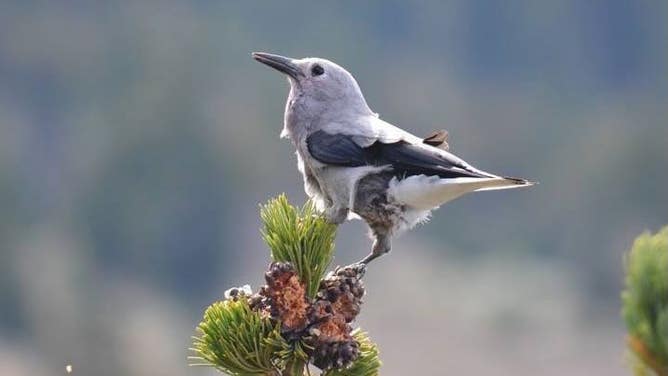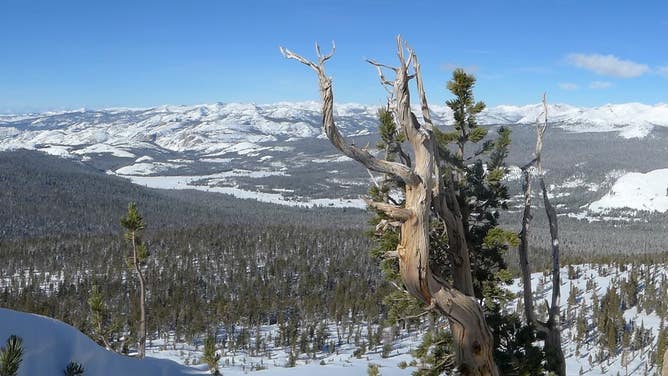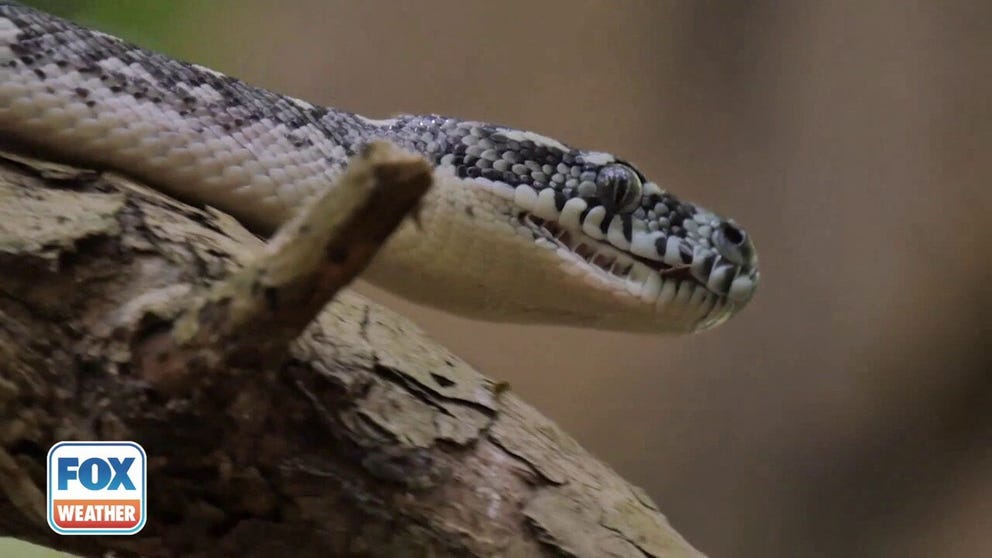Yellowstone, 8 other national parks receive funding to save trees from fatal fungal disease
Known as white pine blister rust, the disease creates deadly cankers, or blisters, on the whitebark pine trees it infects, the NPS said.
FILE: Invasive pythons eating through the Everglades
Burmese pythons were introduced to the U.S. as pets initially. They devour native animals and have very few predators. One airboat tour owner said that he rarely sees mammals across the Everglades after the python population explosions.
An invasive fungal disease has decimated whitebark pine forests in a number of parks, but new federal funding will be used to help the forests bounce back, the National Park Service recently announced.
Known as white pine blister rust, the disease creates deadly cankers, or blisters, on the whitebark pine trees it infects, the NPS said.
They noted that whitebark pine numbers have quickly dropped because of disease, along with pests and climate change, leading to an estimated loss of 325 million whitebark pine.

White pine blister rust on a whitebark pine tree.
(USDA / FOX Weather)
The trees play a critical role in the environment as they regulate the flow of snowmelt to downstream waterways and provide seeds that serve as a high-calorie food source for grizzly bears, Clark's nutcrackers and more than a dozen other animal species.
INVASIVE MUSSELS POSE THREAT TO YELLOWSTONE NATIONAL PARK
With fewer whitebark pine trees, this critical food source and the health of many rivers and streams have become compromised.

Clark's nutcracker, which feeds on the seeds of whitebark pine trees.
(Yosemite National Park / FOX Weather)
To combat this, park officials said they will use part of a $195 million investment from the Inflation Reduction Act toward efforts in nine national parks in California, Montana and Wyoming.
The funding will explore methods to help restore whitebark pine forests in Glacier, Grand Teton, Mount Rainier, North Cascades, Olympic, Sequoia, Yellowstone and Yosemite National Parks.

Whitebark pine tree.
(Yosemite National Park / FOX Weather)
"Biologists will use climate-informed actions and work with partners and tribes to plant rust resistant seeds and seedlings, identify rust resistant trees, monitor seedling survival, and identify climate refugia as part of the National Whitebark Pine Restoration Strategy," park officials said.
White pine blister rust is native to Asia, and it was brought to North America by way of Europe in the early 20th century, the NPS said. Since then, the disease has spread to 38 states and become a major threat to high elevation white pines.
